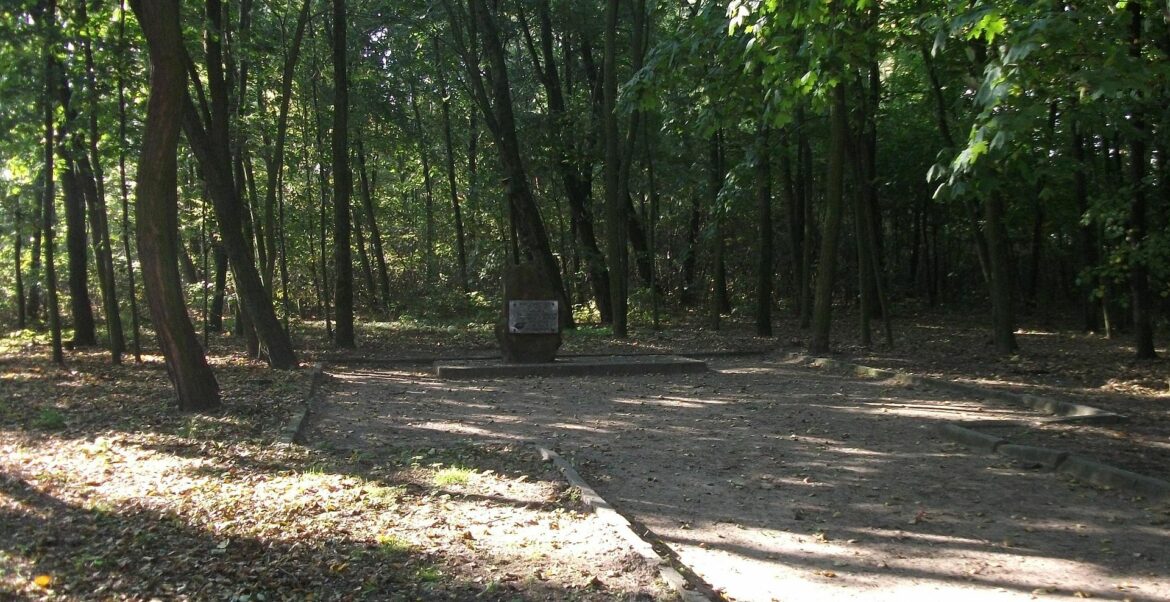The first records of Jewish settlement in Wieluń date back to the 16th century, but during the First Polish Republic the town was granted a privilege under which Jews were not allowed to settle within its borders. The situation changed in 18th century, when Wieluń became part of the Prussian partition, and then of the Duchy of Warsaw, and later of the Russian partition.
At the turn of the 18th and 19th centuries, ten Jewish families moved to Wieluń. They met for religious practices in the house of Tratel Dawidowicz, and later in a building bought from the Piarist Order. The Piarists, who ran a secondary school in Wieluń, were renowned for their openness to the Jewish community. According to the recollection of one of their pupils, Daniel Neufeld (1814-1874), they skilfully and tactfully prevented dissension among the children for religious reasons. The Piarists exempted Jewish pupils from writing during their lessons, which were held on Saturdays because of the prohibition for followers of the Mosaic religion to work on that day.
The Jewish population of Wieluń grew rapidly. In the 1850s, there were about 630 Jews out of 3800 inhabitants. In 1837, an extension of the former Piarist building was started to serve as a synagogue. The construction of the synagogue took several years, due to modest financial resources. In the middle of the century, mainly on the initiative and thanks to the generosity of Joachim and Salomon Kempner and Lejba Cohn, a Jewish cemetery was established in Wieluń. Previously, the dead had been buried in Działoszyń. The decision to build their own cemetery was accelerated by a cholera epidemic.
The Jewish community included Wieluń’s factory owners (cotton goods factory, oil mill, soap factory, sawmill), craftsmen, intelligentsia and merchants. They made a significant contribution to the economic development of the town, taking advantage of the opportunities offered by its border location and contacts with fellow Jews living on the other side of the border in Prussia.





